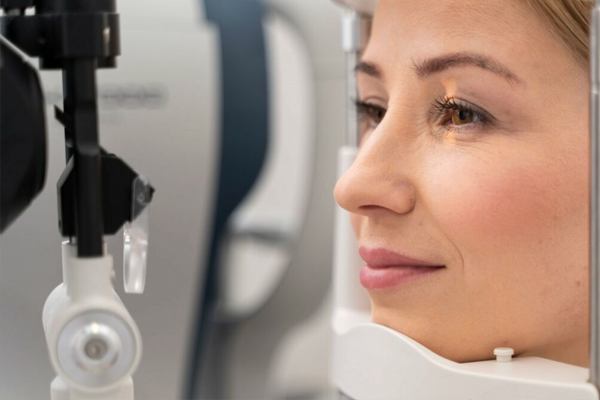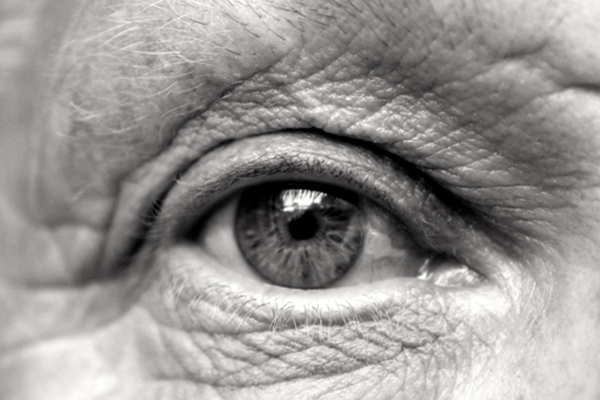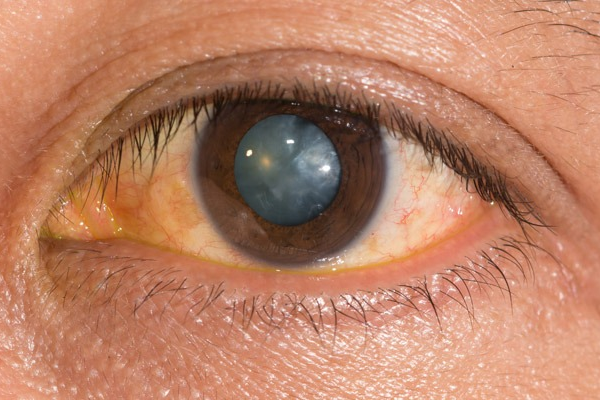Specialty Eye Care
Digital Eye Strain
As technology advances it is becoming more prevalent in our day to day lives. Although great it comes with some disadvantages for our eyes. From work to entertainment, technology is becoming more and more important in our lives. If you spend extended periods of time on a digital device, you’re likely experiencing the effects of digital eye strain. Viewing a screen on a digital device makes your eyes work harder than they normally should, resulting in vision and eye damage. Sharper images on digital screens cause digital eye strain. Your eyes could be experiencing digital eye strain if you work on a computer or spend a lot of time on a tablet or smartphone. Please book an appointment with us to see how your eyes are faring with your current levels of screen time and how we can help.

Glaucoma
Glaucoma catches many patients off-guard because of its gradual effects. Based on prevalence studies, it is estimated that 79.6 million individuals will have glaucoma in 2020. This number is likely to increase to 111.8 million individuals in 2040. Glaucoma is often associated with elevated eye pressure, but sometimes glaucoma can still occur when the eye’s pressure is normal. There is no known cure for glaucoma. Early detection is key for our doctors to save your vision in the event of a diagnosis. Glaucoma is the leading cause of blindness in patients over 60. It is one of the diseases that targets your eye’s optic nerve. The optic nerve is responsible for transferring information from the retina to the brain, damage to the optic nerve can cause vision loss. Some forms of glaucoma show little to no symptoms as they develop. Routine eye exams are the best way to detect glaucoma early. If diagnosed early, glaucoma can be managed, limiting optic nerve damage and vision loss.

Age- Related Macular Degeneration
Age-related macular degeneration (AMD) is the most common cause of blindness in people over 50. The disease occurs when the eye’s macula (the central part of the retina) starts to wear down. With AMD you lose your central vision. You cannot see fine details, whether you are looking at something close or far. But your peripheral (side) vision will still be normal. There are 2 different types of AMD: wet and dry. Dry AMD is caused by drusen deposits building up in the macula. As the deposits collect, they can make it hard for the eye to focus on objects clearly and can cause blind spots. Over time, patients with dry AMD can eventually lose their central vision. Wet AMD most frequently occurs after dry AMD. This happens when blood vessels break under your macula and leak fluid into your retina. This fluid causes blurred vision and blindness.

Cataracts
A cataract is a cloudy area in the lens of your eye. Cataracts are very common as you age. Cataracts can be severe or mild depending on how advanced they are. You might not have any symptoms at first, when cataracts are mild. But as cataracts grow, they can cause changes in your vision. For example, you may notice that:
- Your vision is cloudy or blurry
- Colors look faded
- You can’t see well at night
- Lamps, sunlight, or headlights seem too bright
- You see a halo around lights
- You see double (this sometimes goes away as the cataract gets bigger)
- You have to change the prescription for your glasses often

